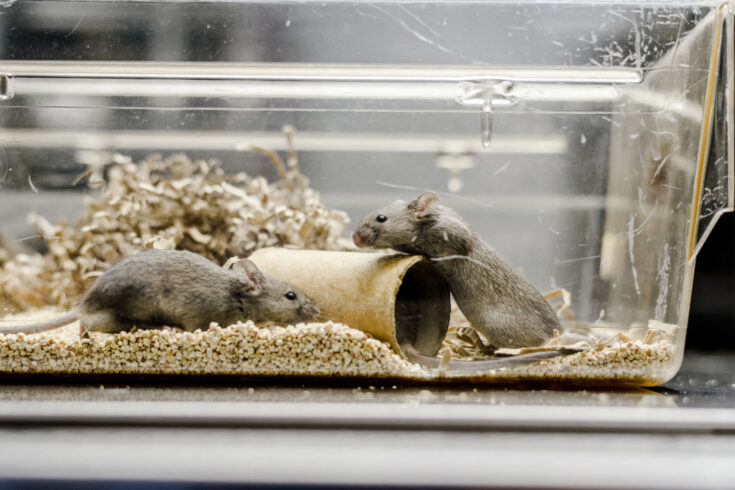Using both sexes, in this context defined by a set of biological attributes, when designing research experiments will be the default for grant applications.
Making both sexes the default
The changes will affect grant applications that involve:
- animals
- human or animal-derived cells or tissues.
Both sexes should be used as a default unless a robust justification is given. The Medical Research Council (MRC) will fund these studies if they are robustly designed, regardless of any increase in costs.
These expectations will start to apply later in 2022 and from 2023, following consultation with researchers on implementation.
The benefits of using both sexes
Women represent about 50.6% of the UK population and there are sex differences in the prevalence and severity of most diseases and conditions, as well as responses to drugs and therapies.
However, in a recent survey conducted by MRC, only 44% of grant applications from May 2020 specified the sex of their animals, tissues or cells.
Of these, only 56% justified their choice of sex and only 54% of applications planned to use both male and female animals.
Sex differences can impact metabolism of drugs and hormones, and non-specific effects of drugs and their side-effects. In addition, every cell has a sex and male and female cells have different characteristics and responses to experimental conditions.
Talking about sex
One common concern about this approach is that in animals the reproductive cycle introduces variability.
However, in many areas of research, including neuroscience, analysis of studies have shown that female rodents are not more variable than male animals.
In addition when female rodents are housed together their reproductive cycles will synchronise.
Others worry about the increased costs and animal numbers involved in studying both males and females. However, using appropriate statistical analyses one can examine sex differences without a considerable increase in animal numbers.
Making changes for the better
Funding bodies across the world, including the National Institutes of Health in the US, have recognised the need for change. They now expect both sexes to be studied by default unless there is good reason not to.
MRC changes will be introduced over the course of 2022. MRC has opened a consultation to hear from researchers about what they would need in order to comply with the new requirements.
To help, MRC and the National Centre for the Replacement, Refinement and Reduction of Animals in Research (NC3Rs) will provide resources and guidance to assist researchers with experimental design.
Important development
Claire Newland, MRC Director of Policy, Ethics and Governance said:
This change in requirement is the result of extensive consultation with researchers and is an important development which will contribute to MRC’s commitment to fund the best quality research, relevant to and of benefit to the whole of society.
I am proud MRC is leading the way on this in the UK, and I hope it inspires other UK funders to follow suit.
To find out more
Read about the upcoming changes on the inclusion of sex in experimental design.
Use the NC3Rs’ Experimental Design Assistant to plan your experiments using both sexes.
Please share your thoughts with us by participating in a survey of the research community on what you need to implement this change, on the UK Research and Innovation Engagement Hub.
If you have any questions, please contact diversityinresearch@mrc.ukri.org

